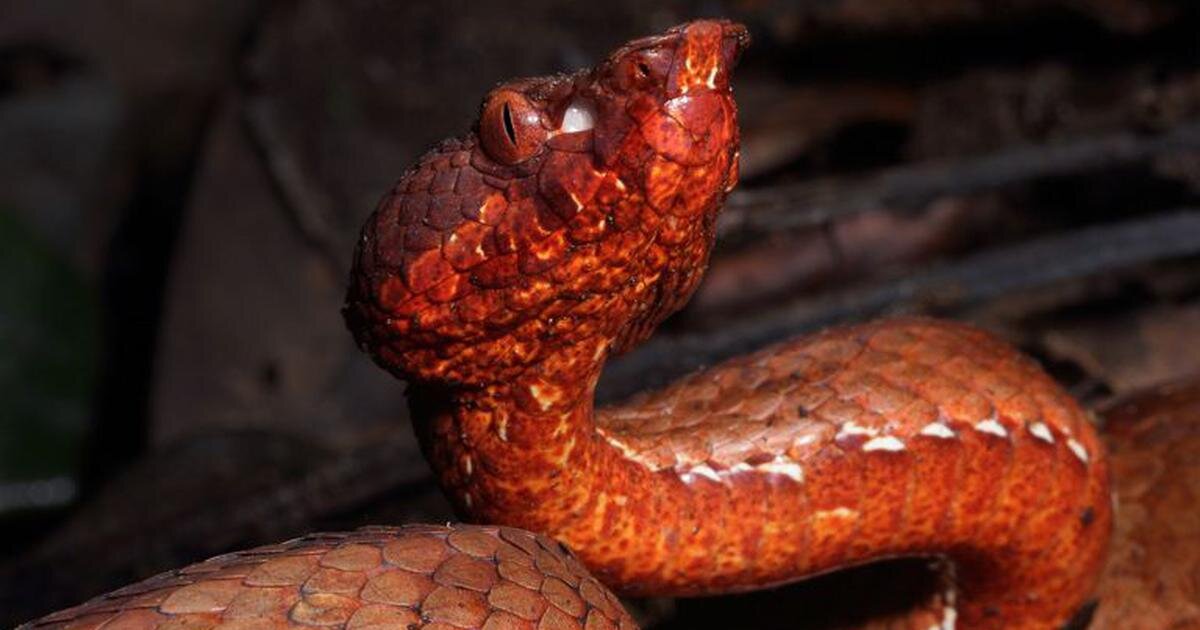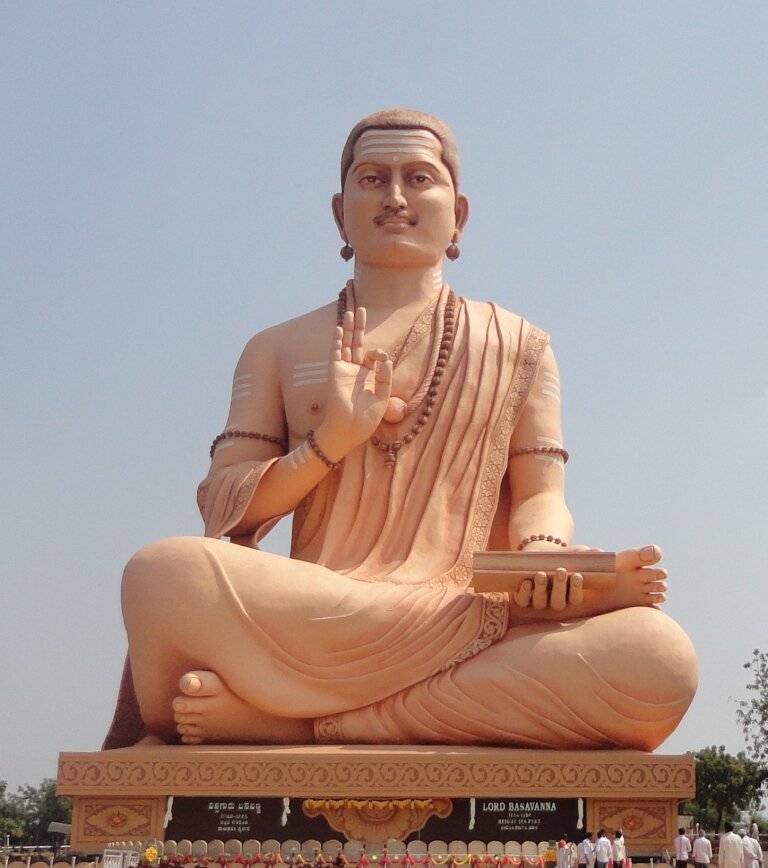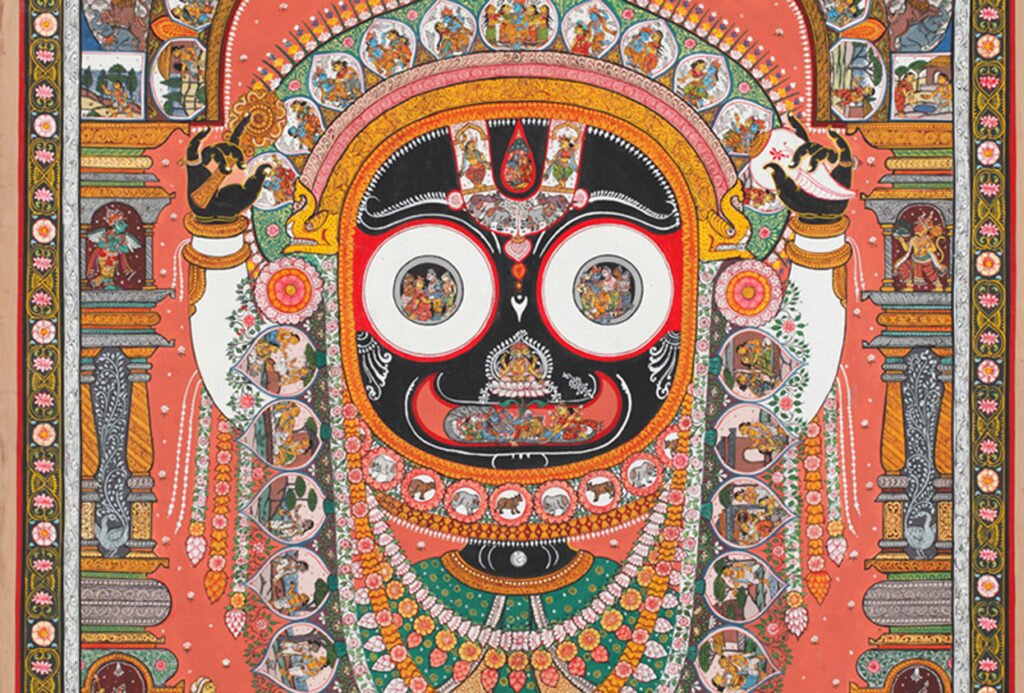Important Facts For Prelims
Important Facts For Prelims (9th May 2019)
- 09 May 2019
- 13 min read
Pattachitra Painting
Cyclon Fani has damaged many pieces of Pattachitra paintings. Pattachitra style of painting is one of the oldest and most popular art forms of Odisha.
- The name Pattachitra has evolved from the Sanskrit words Patta, meaning canvas, and Chitra, meaning picture. Pattachitra is a painting done on canvas and is manifested by rich colourful application, creative motifs and designs, and portrayal of simple themes, mostly mythological in depiction.
- Some of the popular themes represented through this art form are Thia Badhia - depiction of the temple of Jagannath; Krishna Lila - enactment of Jagannath as Lord Krishna displaying his powers as a child; Dasabatara Patti - the ten incarnations of Lord Vishnu; Panchamukhi - depiction of Lord Ganesh as a five-headed deity.
- The Pattachitra, when painted on cloth, follows a traditional process of preparation of the canvas. First, the base is prepared by coating the cloth with the soft, white, stone powder of chalk and glue made from tamarind seeds.
- It is a tradition to complete the borders of the painting first. The painter then starts making a rough sketch directly with the brush using light red and yellow. The colours used are normally white, red, yellow, and black.
- When the painting is completed it is held over a charcoal fire and lacquer is applied to the surface. This makes the painting water resistant and durable, besides giving it a shining finish.
Arunachal Pit Viper
- Herpetologists have discovered a new species of reddish brown pit viper with unique heat-sensing system from the forest of West Kameng district of Arunachal Pradesh.
- A new species of pit viper, Trimeresurus arunachalensis is described based on a single specimen. It differs from all known pit vipers in India.

- It is the first species of pit viper to be named after state.
- It is the rarest of all known pit vipers in the world.
- Other known pit viper in India are:
- Malabar Pit Viper (Trimeresurus malabaricus)
- Horseshoe Pit Viper (Trimeresurus strigatus Gray)
- Hump-Nosed Pit Viper (Hypnale hypnale Merrem)
- Himalayan Pit Viper (Protobothrops himalayanus)
- Location: The new species is presently known from a single locality — Ramda, West Kameng, Arunachal Pradesh, northeastern India.
Basvanna Jayanti
- Basvanna (Lord Basaveshwara) was a 12th-century poet-philosopher, and the founding saint of the Lingayat sect.

- Basvanna Jayanti (Basava Jayanthi) is celebrated on his birth anniversary, particularly in state of Karnataka and Maharashtra.
- Early life: Basaveshwara was born in Bagevadi (of undivided Bijapur district in Karnataka) during 1131 AD. His father was Madarasa and Madalambike was his mother. They belonged to the Brahmin community. As a religious tradition, he was initiated with the holy thread ‘janivara’ in Upanayana, (thread ceremony) at the early age of eight years. Basavanna revolted against this tradition, cut threw his janivara, left home and went to Kudalasangama from where he was educated in all respects.
- Later he went to Kalyana, where the Kalchuri king Bijjala (1157-1167, AD) was ruling. Because of his highly intellectual personality, he was appointed as a karanika (Accountant) in the initial stage, in the court of king Bijjala and later he became the Prime Minister of Bijjala after proving his administrative ability.
- The ideas of Basavanna: is scripted in a novel form of literature called Vachana (poetry). This innovative literary form is the main contribution of “Sharanas movement” through which they express their revolutionary and reformist ideology in a very simple Kannada language.
- Thus the main aim of Vachana (poetry) movement, led by Basaveshwara was welfare of all. He proclaimed this as– "Sakala jeevatmarige lesu" (welfare of all).
- He gave two important and innovative concepts called "Sthavara" and "Jangama", the meaning of which is “Static’’ and ‘’Dynamic’’- respectively. Both of these concepts are the main foundation stones of his revolutionary ideology.
- He was born progressive activist: Revolted against all the social evils of the traditionalistic society and brought a drastic change in various facets.
- He gave an idea of Socialistic and Democratic system. He talked about human rights in the twelfth century.
- Religious reforms: He tried to change the concept of Temple which was the main centre of various types of harassment. Priests and rich people were exploiting the common folk in the name of God and temple.
- He gave a new dimension to the human body and soul (inner spirit), by which the self respect of all human beings was boosted.
- Basvanna was first Kannadiga in whose honour a commemorative coin has been minted in recognition of his social reforms.
- Indian Prime Minister inaugurated his statue of along the bank of the river Thames at Lambeth in 2015.
20th Conference of the Regional Heads of Customs Administration
- Central Board of Indirect Taxes and Customs (CBIC) has organised a meeting of the Regional Heads of Customs Administration of Asia Pacific Region of the World Customs Organisation (WCO) in May 2019.
- India assumed the role as Vice Chair of the Asia Pacific region for a two-year period.
- The meeting takes stock of the progress being made to promote, facilitate and secure the cross-border trade in the region and the capacity building and technical assistance required to achieve this goal.
- Recognising the importance of the collaborative approach between Customs and trade, a Trade Day was organised.
- Quick customs clearance always remains a key issue for both exporters and importers.
World Customs Organisation (WCO)
- The World Customs Organization (WCO), established in 1952 as the Customs Co-operation Council (CCC) is an independent intergovernmental body whose mission is to enhance the effectiveness and efficiency of Customs administrations.
- At present, it represents 183 Customs administrations across the globe that collectively process approximately 98% of world trade.
- It is the only international organization with competence in Customs matters and which can rightly call itself the voice of the international Customs community.
- It has its headquarters in Brussels, Belgium.
Red cross day
- World Red Cross Day is celebrated on the 8th of May every year as the birthday anniversary of the founder of the Red Cross, Henry Dunant. He is also founder of the International Committee of the Red Cross (ICRC).
- He became the recipient of 1st Nobel Peace Prize.
- World Red Cross Day 2019 theme is "#love:".
- About Red Cross: Red Cross was introduced as a major contributor to the peace after World War I by an international commission at 14th International Conference of the Red Cross.
- The International Red Cross is a non profit organisation. It is an international humanitarian movement with approximately 17 million volunteers, members and staff worldwide which was founded to protect human life and health, to ensure respect for all human beings, and to prevent and alleviate human suffering.
- Working of Red cross: Volunteering-serves as a means in helping the society to bridge the gap between the crisis and the crisis management.
- Various blood donation camps are organized at various places across the country and the organization.
Locking Carbon Dioxide into a Rock
- Swiss scientists, through a study, are trying to find out if carbon dioxide (CO2) can be locked into a rock.
- Scientists believe that a layer of impermeable clay inside Mont Terri in the Jura Mountains could potentially trap carbon dioxide, the main greenhouse gas causing global warming.
- Scientists want to see that if the rock has a fault in it, whether CO2 will come up through it or not.
- The study is aimed at geological storage of CO2 in a densely populated region of Switzerland.
- At present, geological storage of CO2 exists in uninhabited places, such as the Algerian desert or under the Norwegian North Sea etc.
- Environmental organizations like Greenpeace are worried that the findings from the study, could turn into a "right to pollute" and distract people from efforts of emission reduction, which are driving a disastrous rise in global temperatures
Carbon Storage
- Carbon Capture and Storage (CCS) involves capturing carbon dioxide (CO2) from large emission sources and then transporting and storing or burying it in a suitable deep geological formation.
- CO2 can be stored in three main ways:
- in formations like rocks
- in deep ocean water — ocean storage
- in the form of mineral carbonates — mineral storage
- Deep ocean storage can increase ocean acidification, a problem that also stems from the excess of carbon dioxide already in the atmosphere and oceans.
India gets re-elected as observer to Arctic Council
India has been re-elected as an observer to the Arctic Council.
About arctic council
- The Arctic Council is formed of circumpolar countries of Russia, United States, Canada, Norway, Demark, Sweden, Iceland and Finland.
- The Arctic Council is a high-level intergovernmental body set up in 1996 by the Ottawa declaration to promote cooperation, coordination and interaction among the Arctic States together with the indigenous communities and other Arctic inhabitants.
Observer Status
- India along with China, South Korea, Singapore, Italy and Japan has Observer status at the Council. India was given observer status through Kiruna Declaration.
- Observers are not allowed to take part in the active meetings. They usually participate in side events.
- Observer status in the Arctic Council is open to Non-governmental organizations, Non-littoral states as well as to Intergovernmental and Inter-Parliamentary organizations.







